There’s popular places like Paris, which, if you were unlucky enough to have bought tickets to visit this December, would find you gridlocked due to a strike on all railways, including subways. That shouldn’t ever be a reason to not plan a future trip. But you know from these posts that I’ll recommend at least considering something you might not otherwise think about, even if you do eventually settle on Paris or some other standby.
One place that is high on my list of places to think about is Serbia. Over the last few years Belgrade has been on numerous Top European Cities lists due to its affordability and emerging food scene, night life and art scene. But there is much more to consider for the adventurous and historically curious. You all know how to use Google, so here are a few ideas of places to think about that you might not otherwise know about. We can discuss these places by their time in history, not geographically, but I find it easy to progress South to North to make it easier.
Lets start our tour in the south of Serbia at the ruins of Justiniana Prima. This Roman Ruin of a city which existed from 535 to 615 AD in honor of the nearby birthplace of Emperor Justinian. Here you can see an entire city laid out with churches, a cathedral, baths and water cisterns. Intact arches and walls are easily accessible. Most stunning to me are the detailed floor mosaics that are visible right out in the open. This is truly a site worth taking a day trip and a picnic lunch.
A bit North of Justiniana Prima is the city of Niš, the birthplace of Emperor Constantine. He who split the Roman Empire into Eastern and Western halves. He who changed Roman law to allowed Christianity and whose mother, Helena, brought to Rome the holy relics from the Holy Land. He who Constantinople was named after. In Niš you can see the Roman ruins of Mediana, where Constantine was born in 272 AD. You can also see the grim Skull Tower the Turks erected in 1809 after a Serbian uprising. They placed 952 skulls of Serbs killed in reprisal to deter another uprising. Niš sits on the primary access route the Ottoman Turks used to invade Europe and communicate with the Sultans back in Istanbul during their wars and occupation in Europe.
If you read Julius Ceasar’s Conquest of Gaul, you’ll read about how he bridged the Rhine to get to the other side, then retreated, destroyed the bridge, then bridges it again. year, 2000 years ago. Julius’s successor, Trajan, whose monuments are all over Rome, repeated Julius’s river crossing feat on the Danube at what is today the Serbian town of Kladovo and the Romanian City of Dobreta around 110 AD. The Bridge pillars are still there. How did he do it? By digging (with slave labor) a diversion channel around Kladovo and diverting the river, then building a bridge across it before breaking the diversion. Today, that diversion channel is an arcing lake on the west side of Kladovo with the Danube on the other side. You can visit the bridge pillar on the south end of Kladovo and then drive the short distance to the Palace of Diana on the north end of town. You’ll have to use your Google Maps because there really aren’t any signs to get you there. What you’ll find is a treasure of antiquity with no guardhouse, no sexton, no tour guide. The ruins of where the Roman commanders lived during the building of the bridge project. Walls, arches still standing, and the raised tile floor of the main hall where you can look underneath and see the brick pillars holding up the floor where slaves built fires underneath in the winter to heat the floor and hall. It is obvious that people who seek this place out are more interested in its preservation than they are taking artifacts. As it should be. While in Kladovo you can visit the Turkish Fortress which still has intact its walls and an interesting Greek-like amphitheater facing the river. Make sure to stop at Restaurant Kum Goran for a feast of the best Roštilj (grilled meat platter) you’ll find anywhere.
On the west bank of the Danube between Belgrade and Kladovo is a small museum showing the archeology of the earliest human settlement in Europe. The Paleotlothic Man Museum of Lepenski Vir, in the Djerdap Gorge National Park near the town of Donji Milanovac. In the height of summer, it is almost unbearably hot and muggy in the museum. It is still worth the visit. People talk about our ancient ancestors. This museum allows you to see up close the carvings of these ancient peoples and the ruins of their settlements.
Upriver from Lepenski Vir is the Turkish fortress of Golubac. Carved right of the mountain itself, Golubac controlled a major bend in the Danube by which any boats or military forces would have to pass. After decades of disrepair, the EU funded a project to repair the site, as well as add parking and comfort facilities. It is an interesting hike, although in the hottest days of the summer, the stone is so hot that tourists are kept from the rock face to keep from burning themselves.
Belgrade, where you could easily fly into and out of, is one of those places where 10 years ago, few would have wanted to visit. The Yugoslav civil war of the 1990s flooded the city with refugees creating a crowded mess. The NATO war and 78 days of bombing destroyed much of the city’s infrastructure. Today, Belgrade is at or near the top of places where travelers go that are great travel deals and are not overrun by tourists like Paris, London, Berlin and Florence. The city is a vibrant culinary, arts and music destination. Walking the streets and hills of the city will feel like many other Central European capitals, but with a decidedly Balkan taste. You’ll want to visit the Kalemegdan fortress which sits at the confluence of the Sava and Danube rivers. Here you get some of the best views of Belgrade while considering how difficult it would have been to attack the layered defenses up the hill from the river in ancient days. After dinner at a local restaurant ordering classic Roštilj for dinner, make your way to Vox Blues Club. There’s no sign telling you you’re there, but a speakeasy window in the gate will open and let you in where you might be lucky enough to find Nikola Inić playing. No matter who is there, the drinks are cheap and the music is excellent.
I’d recommend finishing your trip in Novi Sad, the “newest” Serbian city. Actually Novi Sad is an old Serbian and Hapsburg city. It is an airy, walkable and very vibrant city.
Of course, there are many other places to go. There are multiple natural beauties that I didn’t mention merely for space and itinerary purposes. From hiking and camping to winter skiing, to natural hot springs, Serbia has a lot of options. But this little itinerary above will give you a taste of a place you otherwise might not consider, and one you’ll be happy you visited.
Have fun.

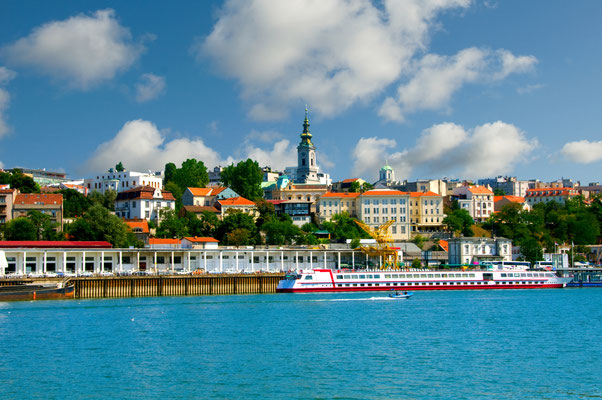
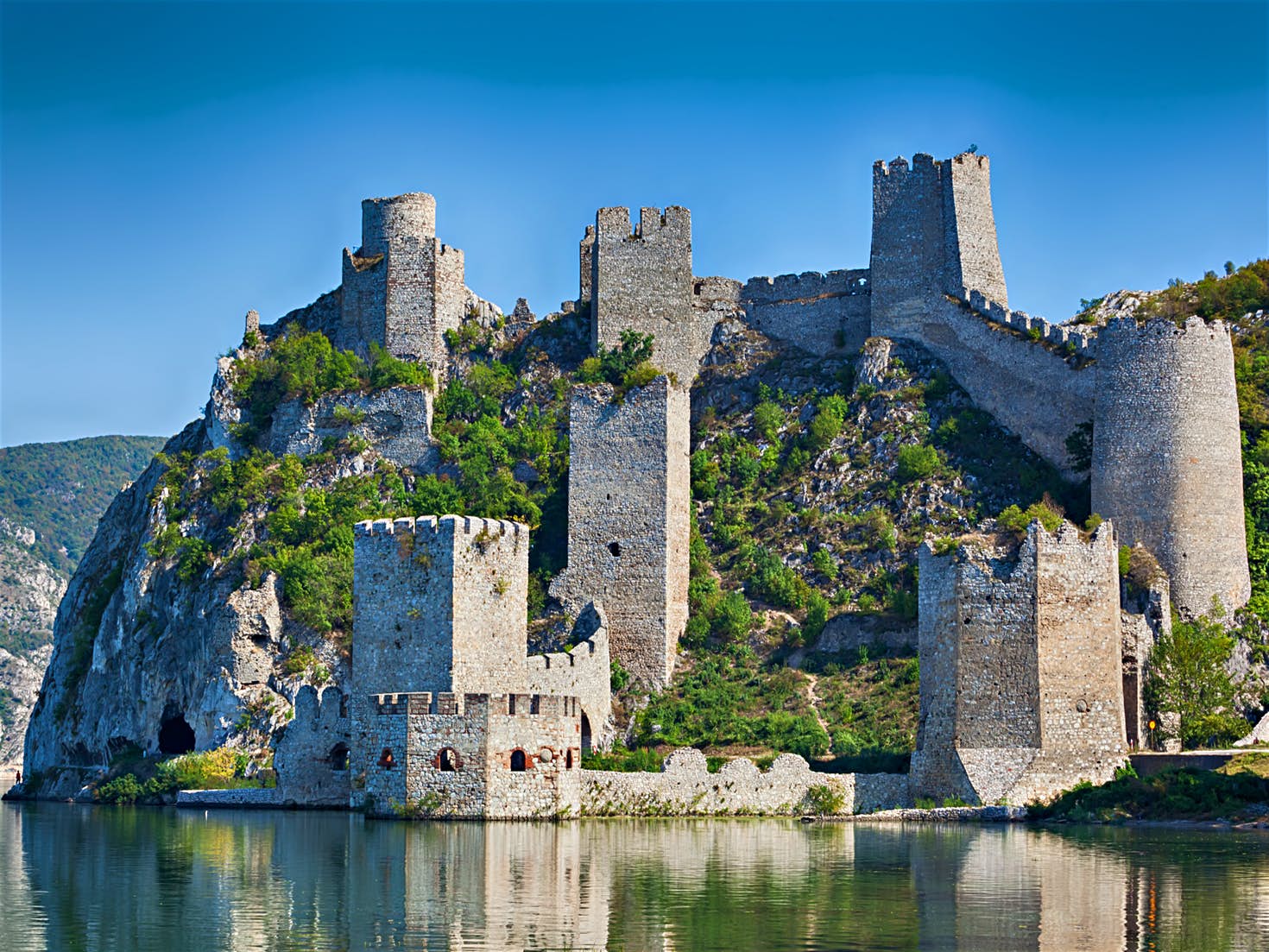

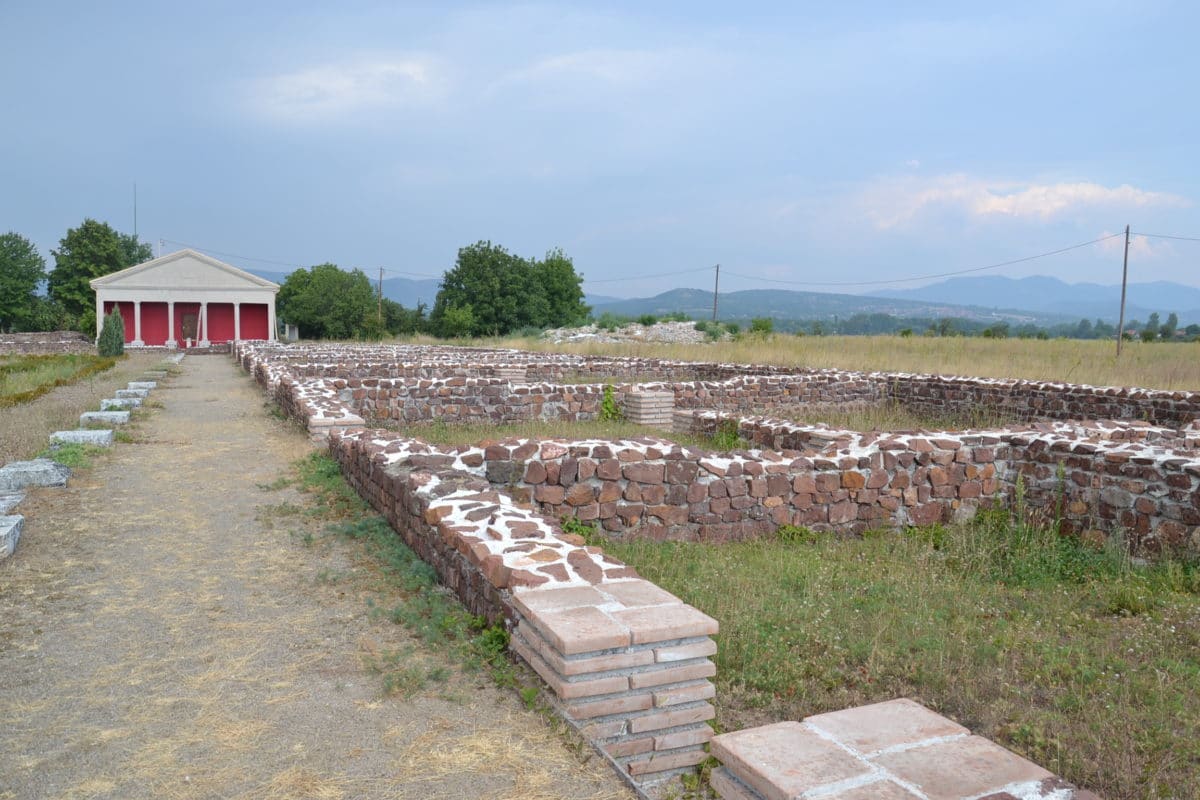


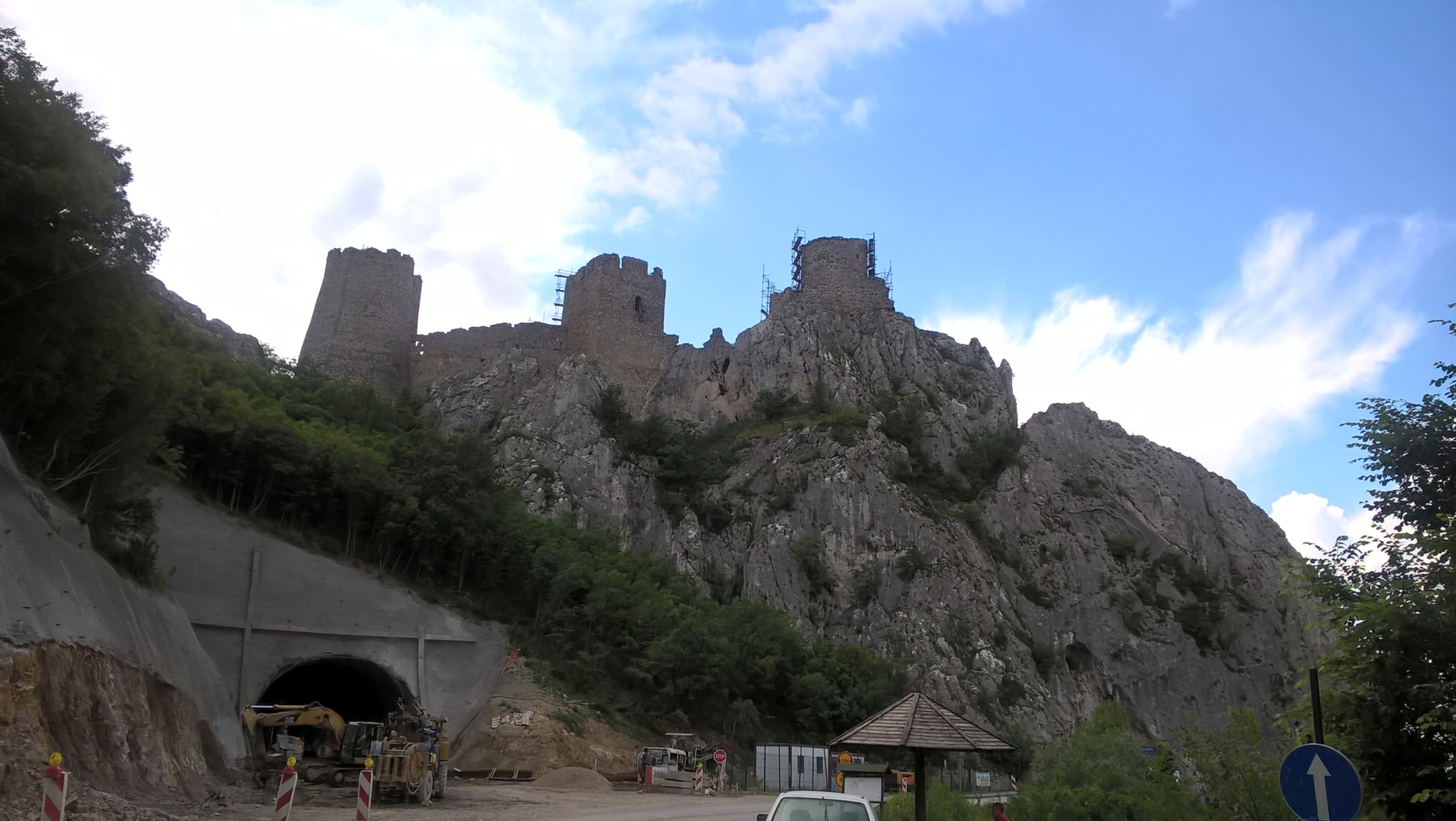
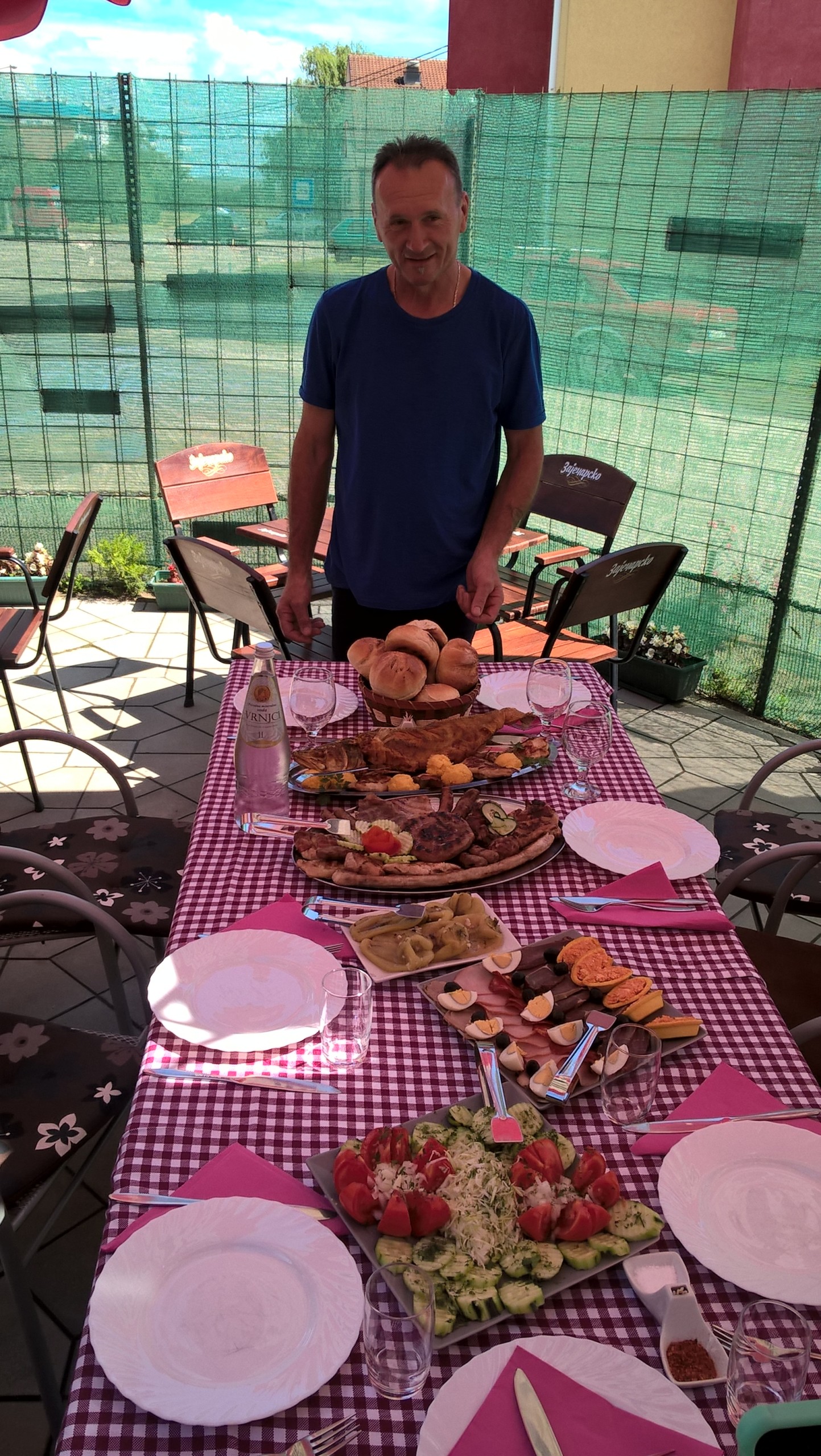
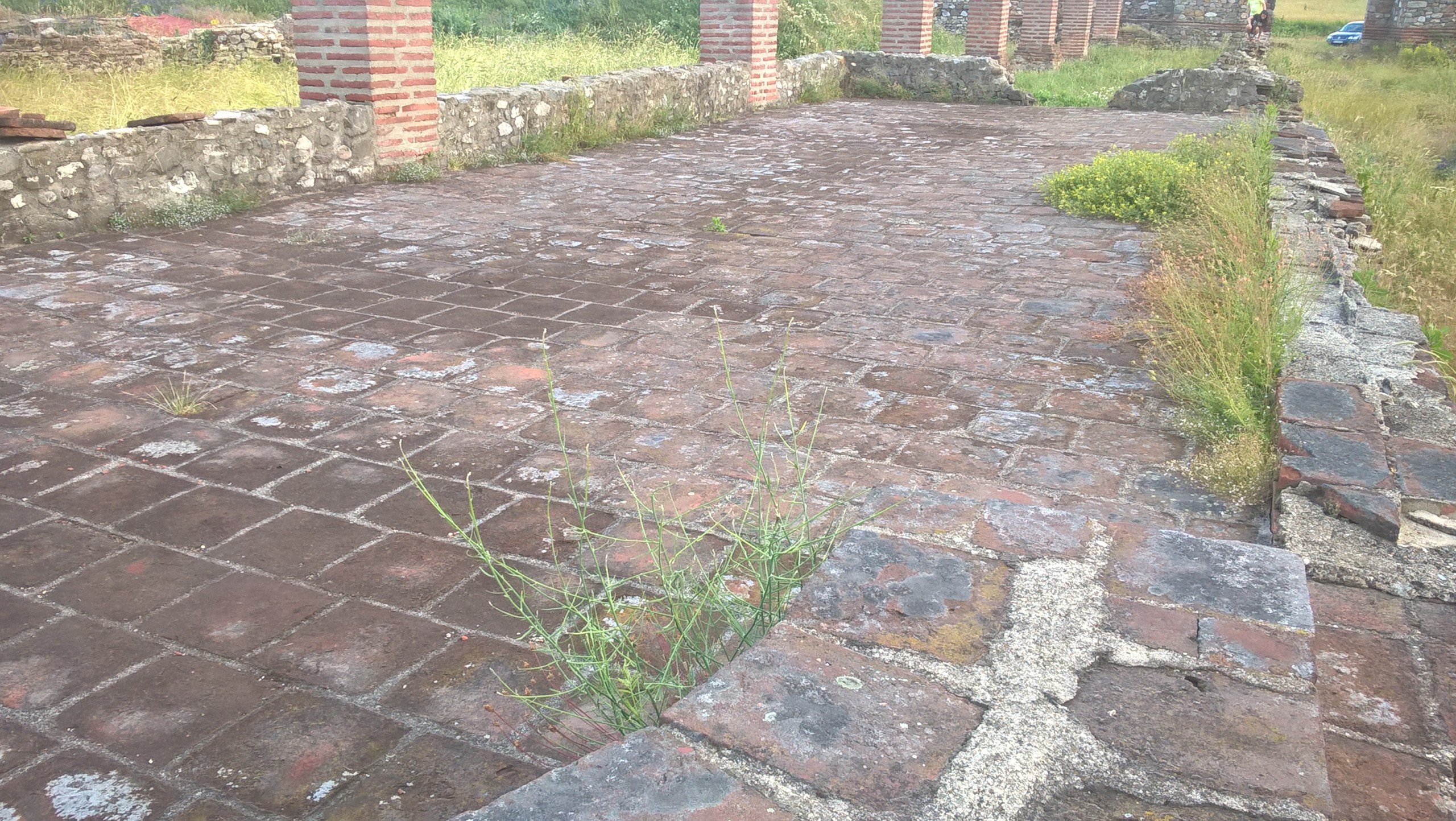


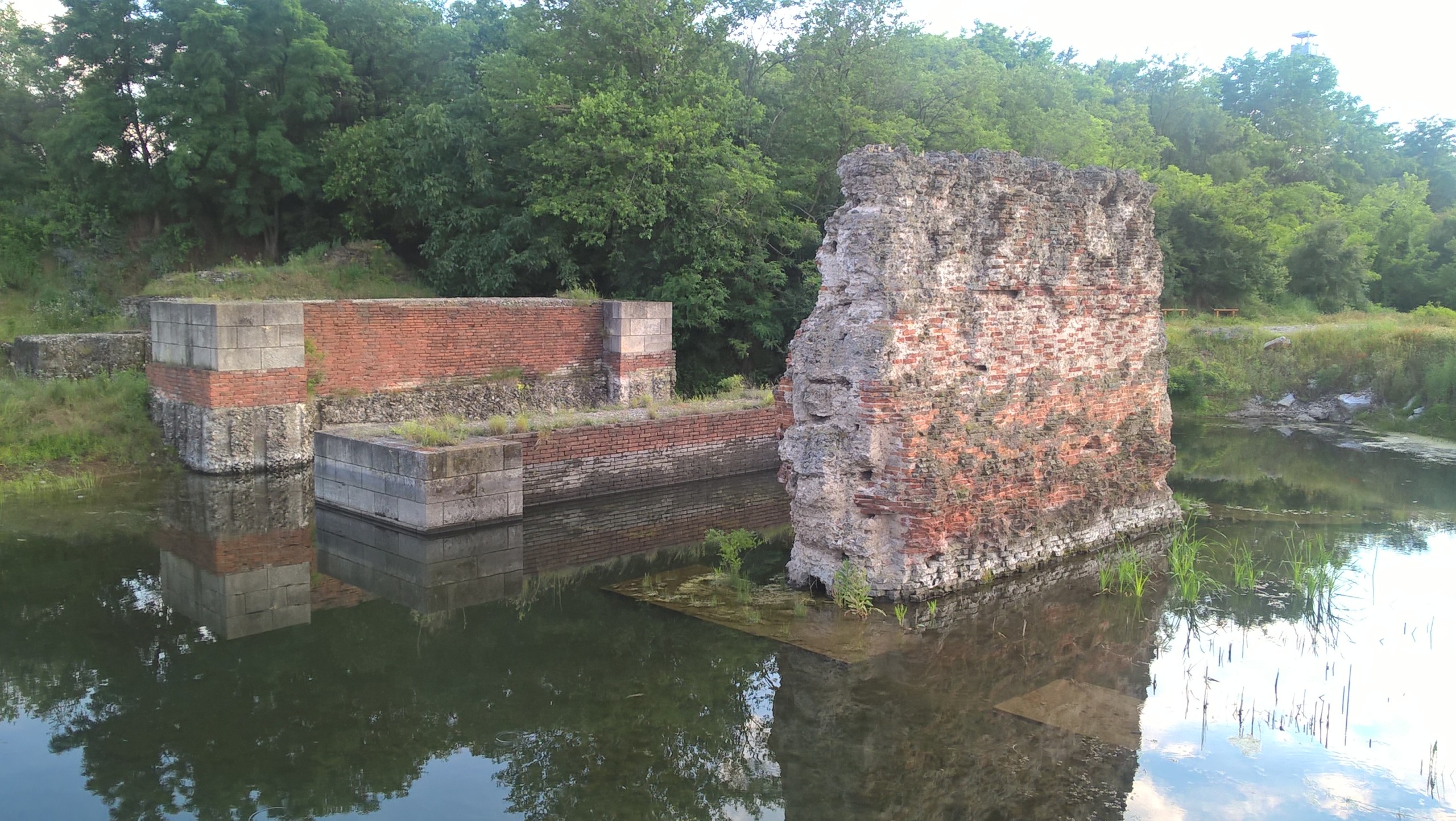
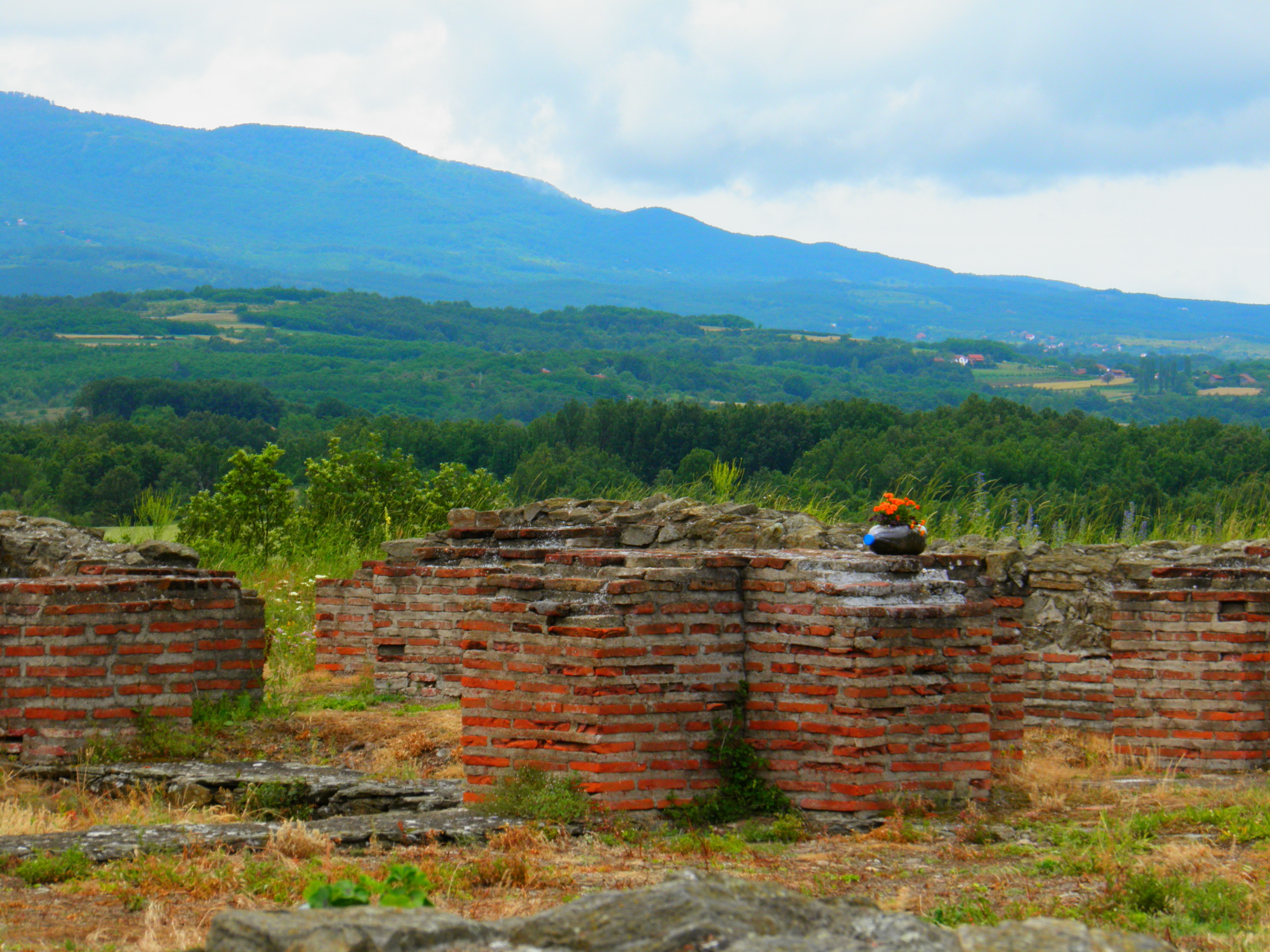
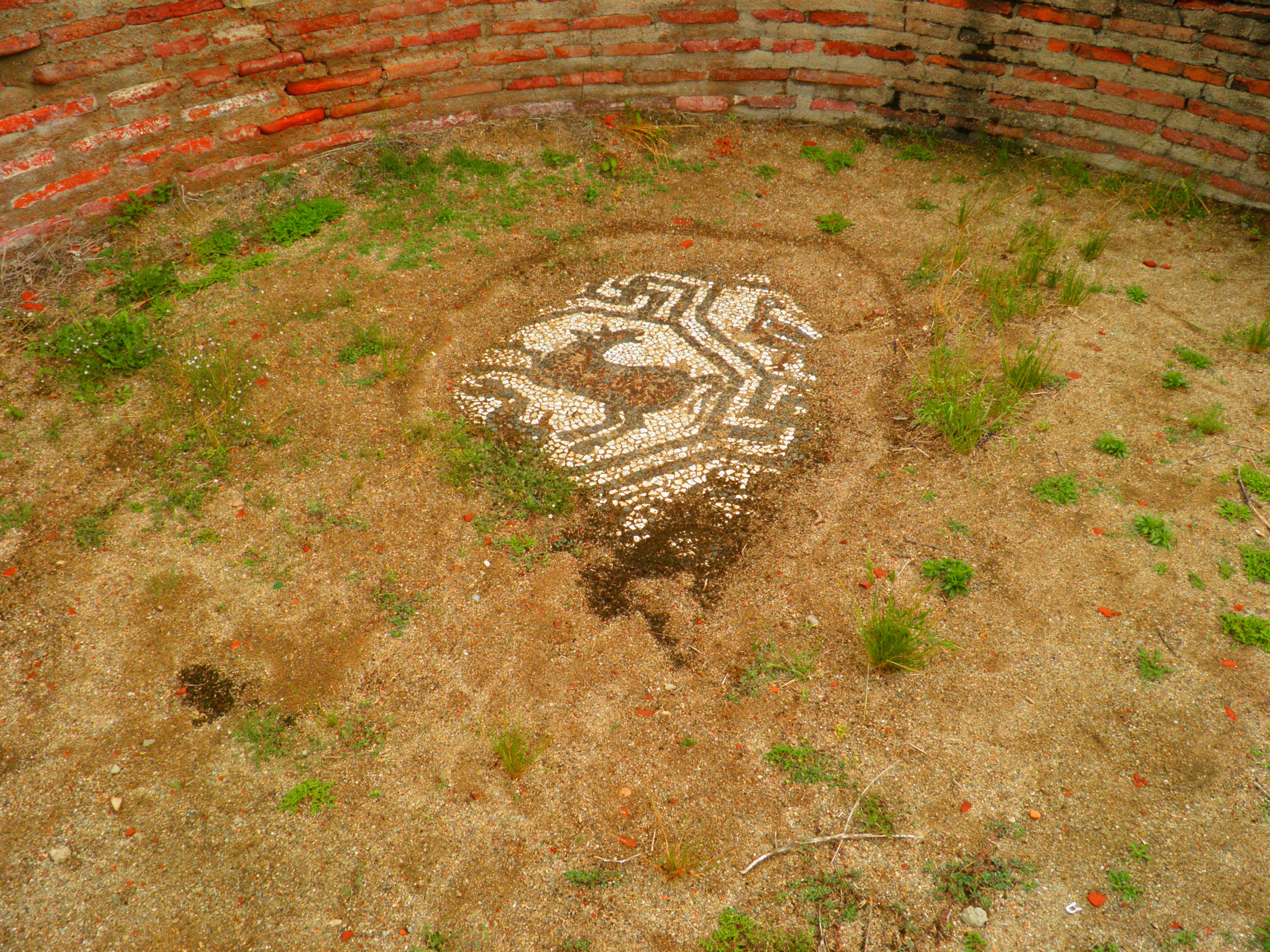
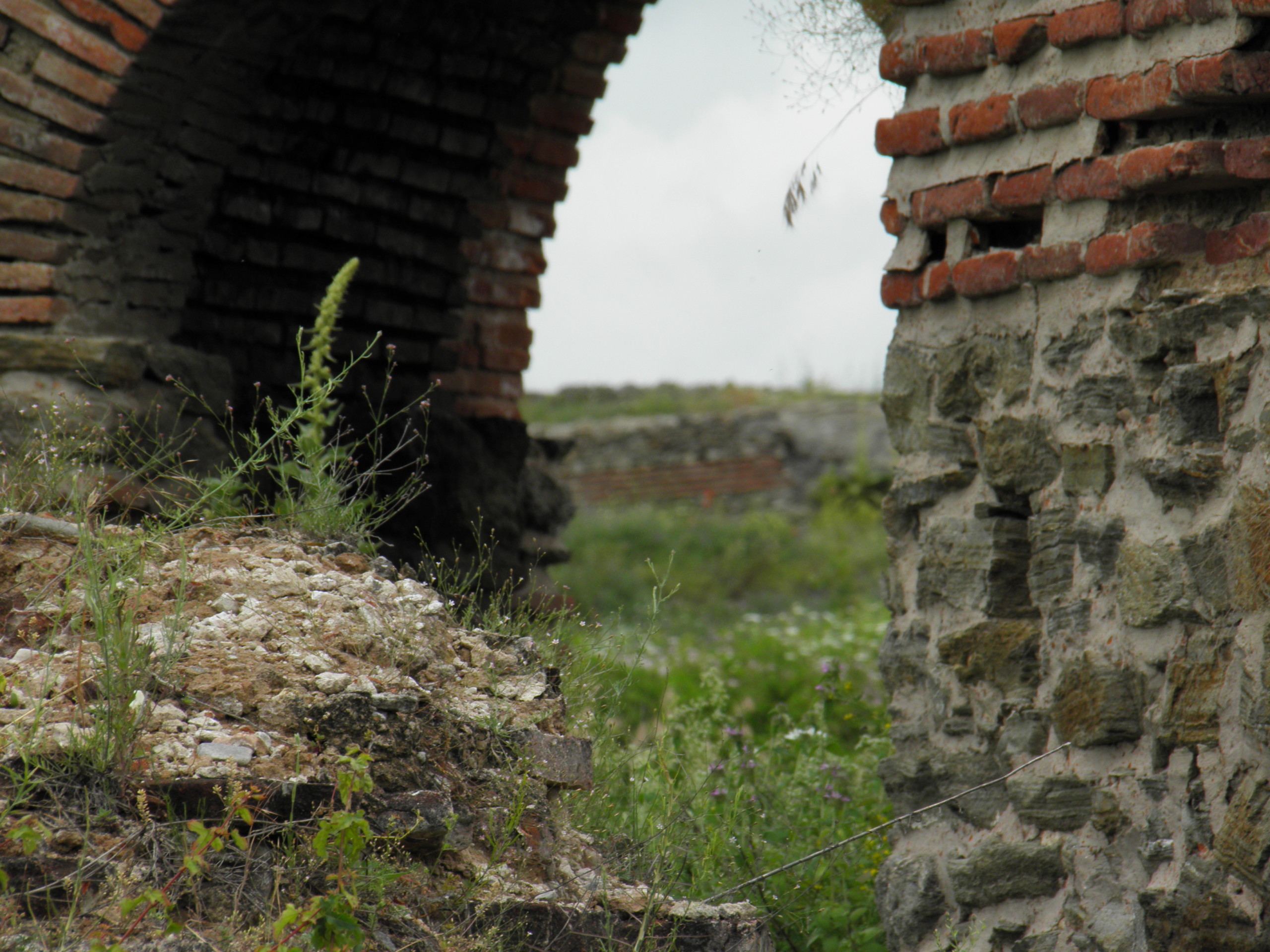

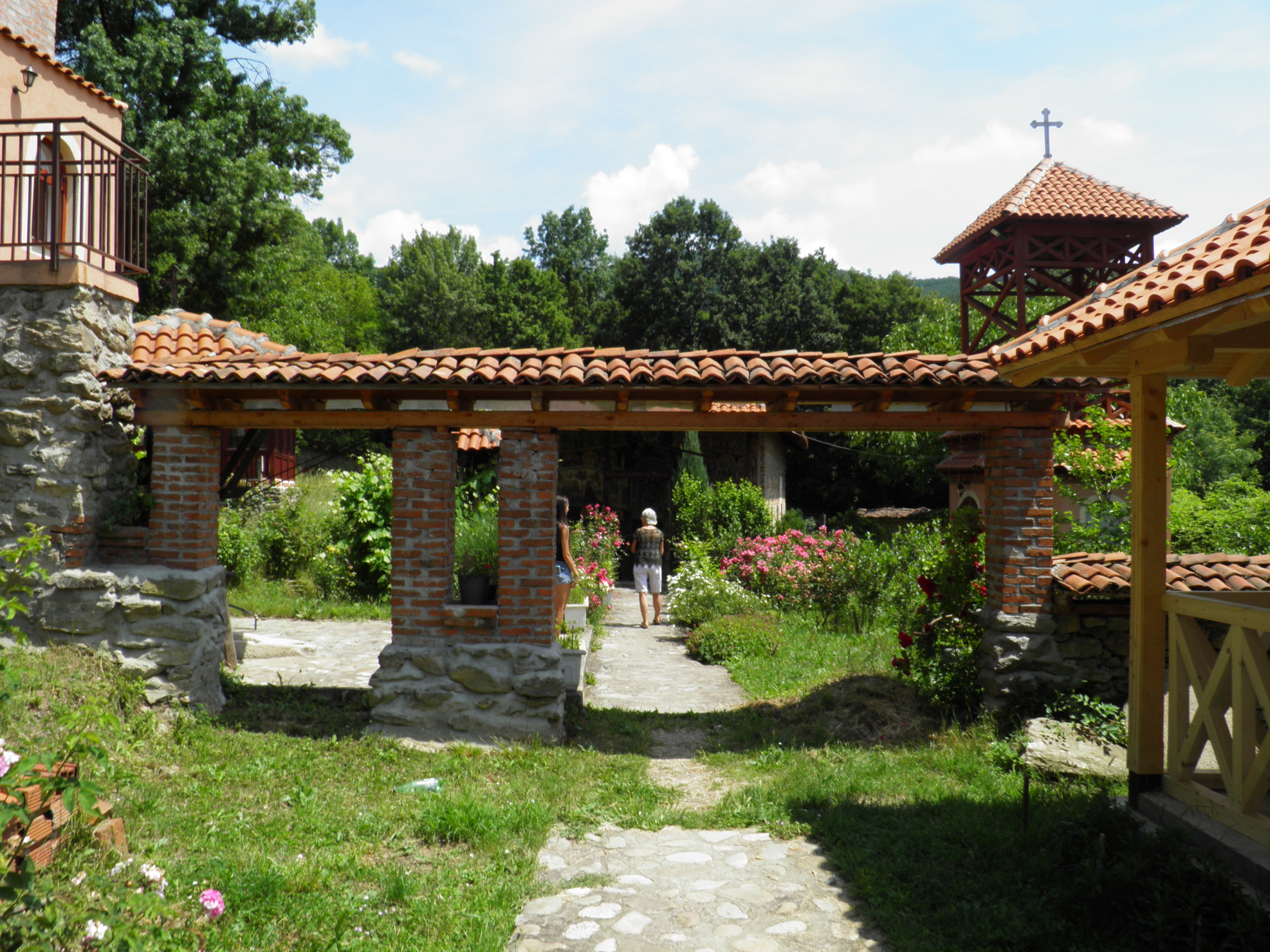

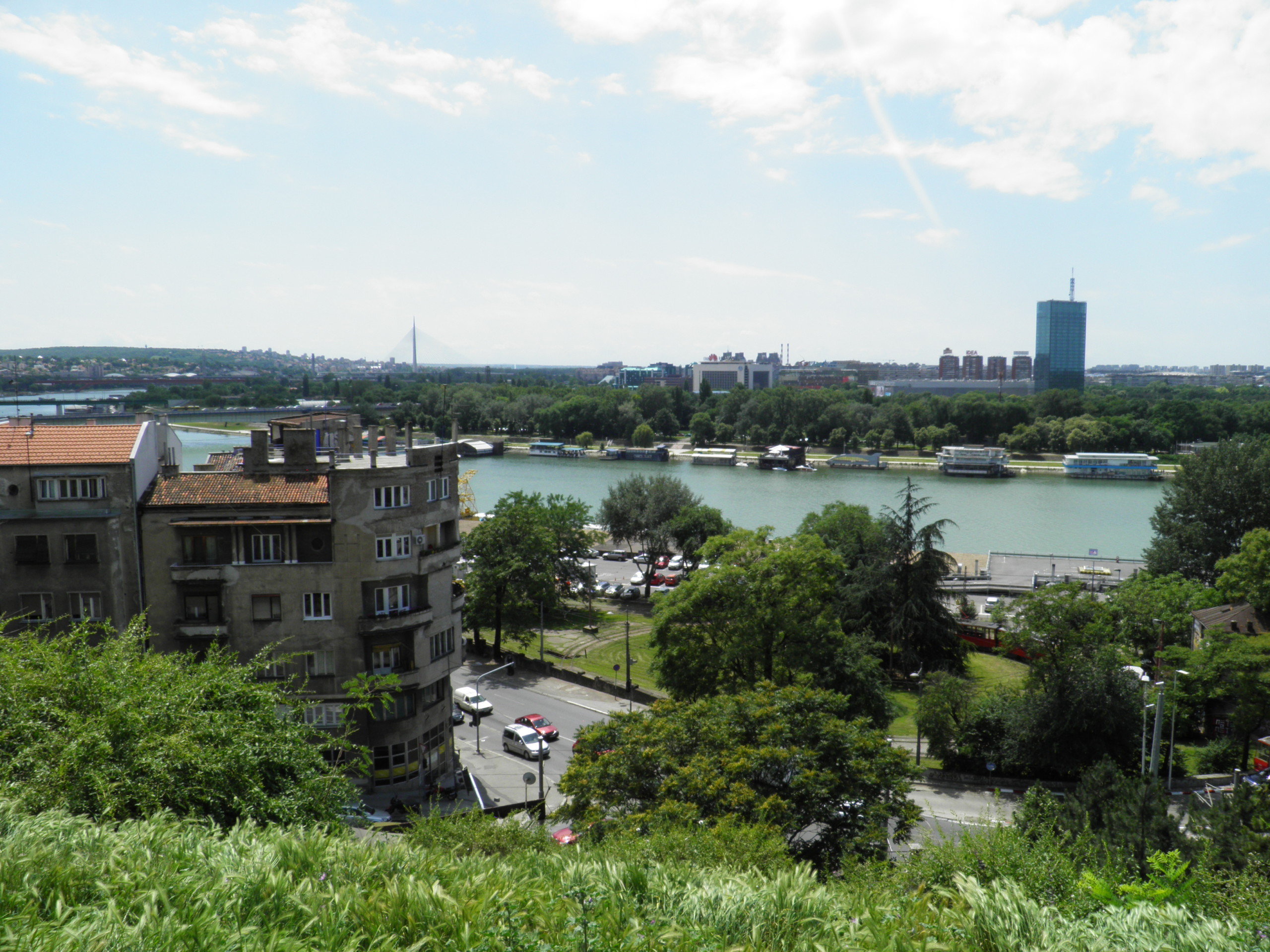

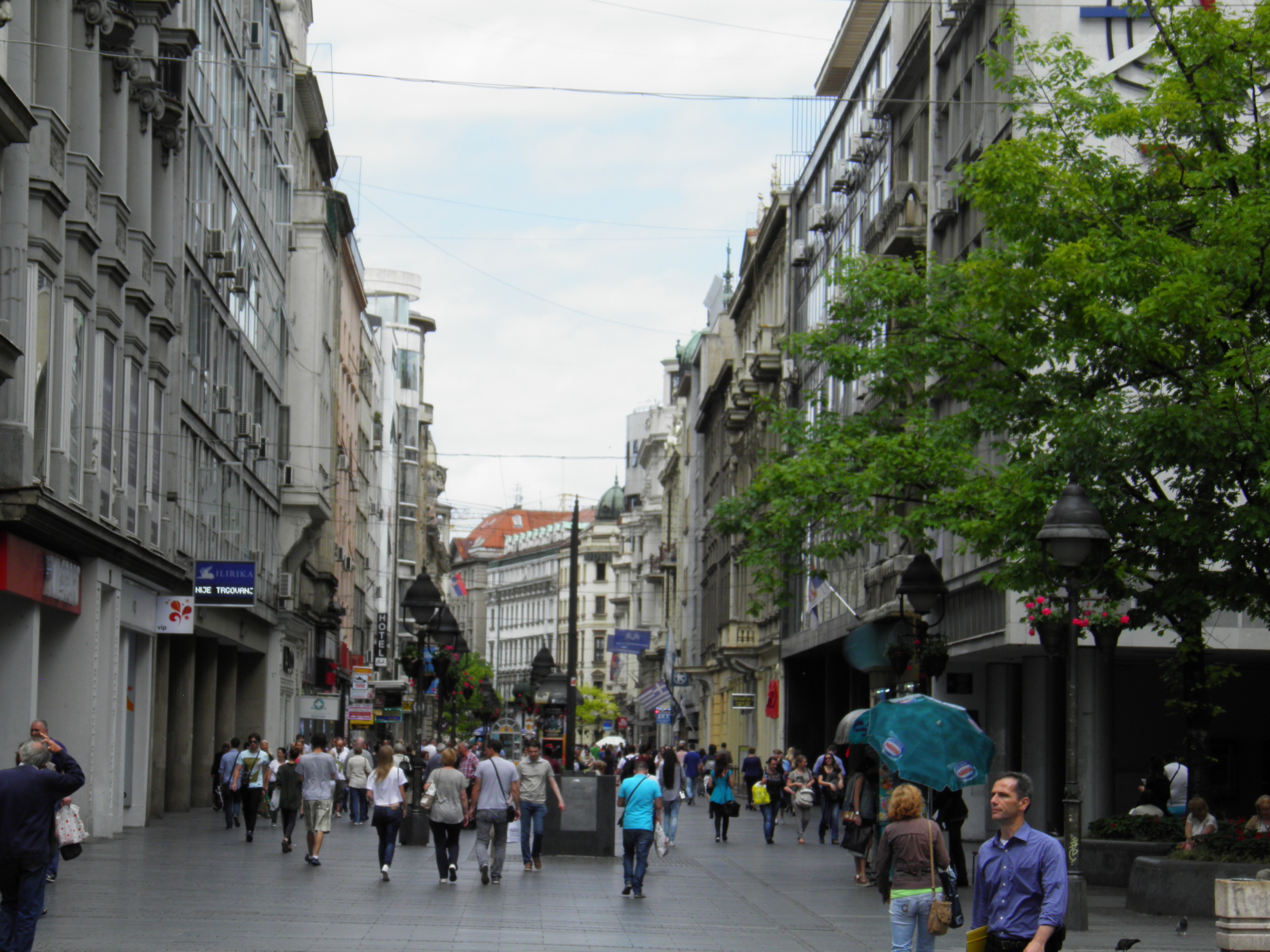



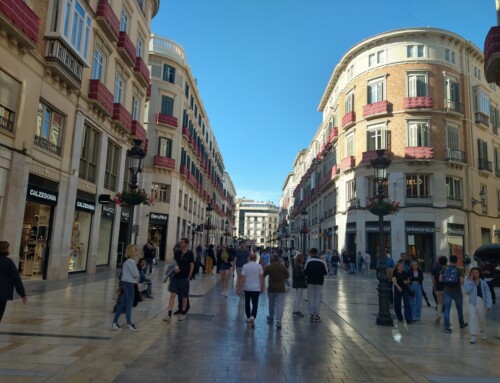
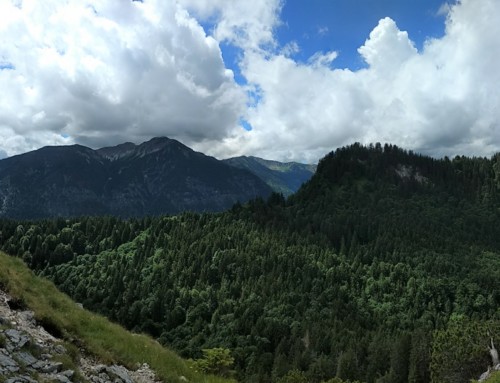
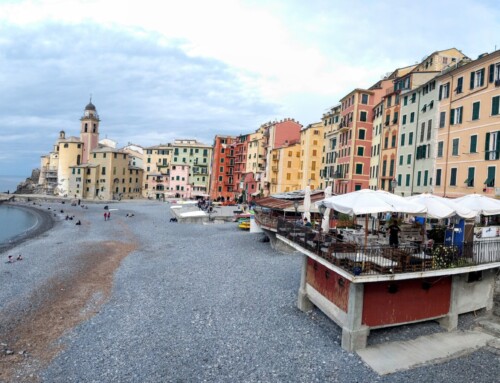
Leave A Comment